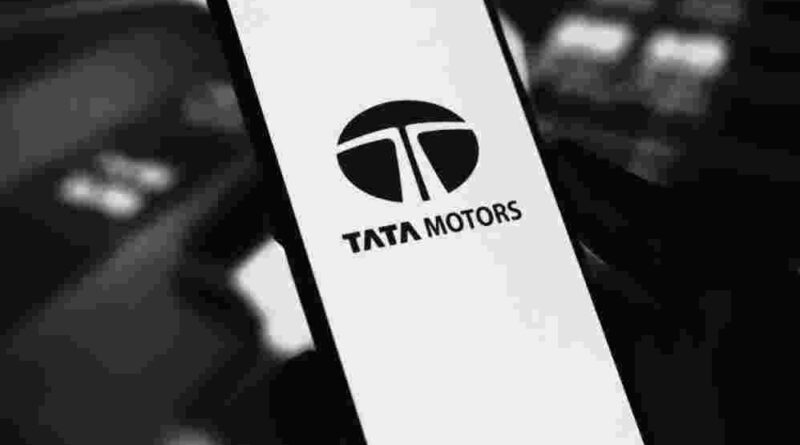Tata Motors Demerger Becomes Official Tomorrow: Full Breakdown for Shareholders
Tata Motors is entering a new era as its long-awaited demerger officially takes effect tomorrow. The company is splitting its operations into two independently listed entities, marking one of the most significant restructurings in its history. This move is expected to bring greater clarity to investors and unlock focused growth in both passenger and commercial vehicle segments.
What Exactly Is Changing?
Instead of operating under a single umbrella, Tata Motors will now be divided into:
- Passenger Vehicles Business — This will include Tata’s growing electric vehicle portfolio, the mainstream passenger car division, and the premium Jaguar Land Rover (JLR) brand.
- Commercial Vehicles Business — This entity will handle trucks, buses, and related infrastructure and mobility solutions.
The idea is simple: each business gets its own leadership focus, tailored capital allocation, and freedom to pursue growth without being weighed down by the other’s market cycles.
How Will Shares Be Distributed?
Current Tata Motors shareholders don’t need to take any action. Here’s how the transition works:
- For every one share currently held, investors will receive one additional share in the newly listed commercial vehicle company.
- The record date — the cut-off used to decide who qualifies for the new shares — is scheduled for mid-October.
- The freshly separated commercial vehicle company is likely to list on the stock exchanges by November, while the passenger vehicle business will continue trading seamlessly under a revised name.
Why Is This Demerger Happening?
Tata Motors’ passenger and commercial operations have evolved into distinctly different businesses. While passenger vehicles—especially electric cars and JLR—are more consumer-focused and innovation-driven, the commercial side is deeply tied to infrastructure, logistics, and industrial cycles.
By separating the two, Tata Motors aims to:
- Attract sector-specific investors
- Improve profitability visibility
- Boost long-term valuations through cleaner balance sheets
How Is the Market Reacting?
Ahead of the official implementation, investors have largely responded with optimism. The stock has seen renewed interest over expectations of better transparency and value unlocking.
However, analysts are divided:
- Optimists believe the passenger vehicle arm could benefit from the booming EV market and premium demand for global brands like JLR.
- Cautious voices point out that global headwinds, raw material costs, and high competition could still weigh on earnings—especially for the international side of the business.
What Should Shareholders Do?
- Stay invested until the record date to ensure you receive shares in both companies.
- Track official announcements related to new ticker symbols and trading start dates.
- Review your long-term strategy — some investors may prefer sticking with the EV and luxury portfolio, while others may find the commercial vehicle business more stable and predictable.
Final Take
This demerger is more than a corporate restructure — it’s a strategic rebirth. Tata Motors is positioning itself to operate like two specialised powerhouses instead of one sprawling conglomerate. For shareholders, this split could turn into a long-term value unlock, provided each entity delivers on its independent promise.
Disclaimer
The information and content shared on digitalgithub.com — including articles, blogs, news, guides, and other resources — is intended for general informational and educational purposes only. We do not guarantee the completeness, reliability, or suitability of any information. Always seek the guidance of a qualified professional before making decisions based on the information you read. Use this site at your own risk.

